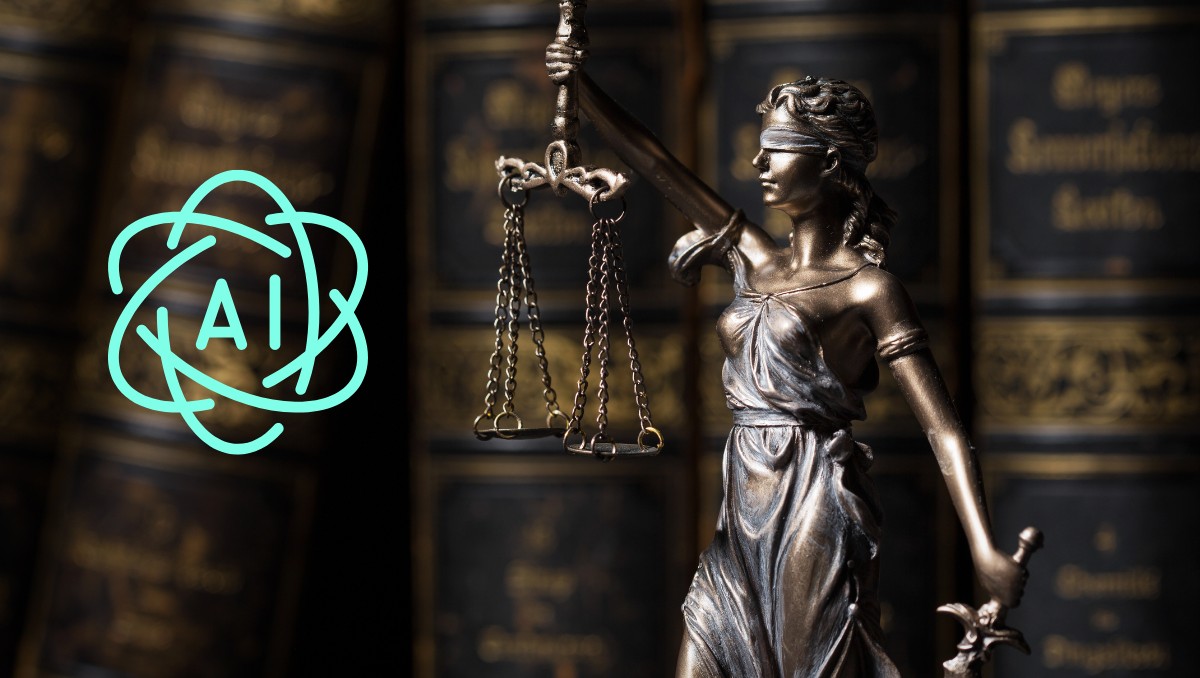The Indian judiciary, though the world’s largest judicial system, suffers from a mammoth problem: pending cases. The ratio of pending cases is too high to be handled by courts at all levels and crosses 40 million. In this scenario, the requirement for timely justice assumes the shape of an imperative need.
Artificial Intelligence steps in, offering solace to this challenge with its disruptive technology. In this article, we will explain how AI can integrate with the judicial process to drive operations for efficiency towards faster justice.
Understanding Present Judicial Burden
Before dwelling on the solution by AI, it is necessary to understand the problem. The Indian judiciary is overburdened with cases at all levels—from the lower courts up to the Supreme Court. The factors contributing to this situation are:
- Inadequate judicial resources: Shortage of judges vis-à-vis population.
- Complicated legal procedures: Long and cumbersome procedures of law which delay the disposal of cases.
- Inadequate infrastructure: Poorly equipped courtrooms, insufficient digital infrastructure, etc.
These challenges underline the need for solutions like AI to support the judicial system.
AI in Legal Research and Document Analysis
Document analysis and research are part of the most time-consuming tasks associated with legal work. AI can dramatically expedite such activities in the following ways:
- Automating Document Review: AI algorithms can scan and analyze huge volumes of legal documents to identify pertinent information, precedents, and patterns at speeds much faster than humanly possible.
- Predictive Analytics: AI can assist in projecting case outcomes from past data to aid collaboration among lawyers and judges in decision-making. Such predictive capabilities will be very handy during the formulation of legal strategies and out-of-court settlements.
Case Management and Scheduling

The proper working and management of cases are central to the reduction of backlogs. AI-driven systems can assist in:
- Efficient Scheduling: AI could ensure that courts run efficiently by checking the availability of judges, advocates, and witnesses. This way, delays will be avoided, and the cases will come up for hearing at the earliest.
- Case Tracking: AI can facilitate real-time monitoring of case status so that staff resources are used only on urgent cases.
Improved Access to Justice
AI can also be a game-changer for access to justice for the public. Some possible applications include:
- Chatbots and Virtual Assistants: AI-driven chatbots can help people with legal information and assistance to learn more about their rights and the legal process. This may be very well indicated, especially in rural areas with shortages of legal counsel.
- ODR: AI can facilitate online dispute resolution platforms through which parties resolve issues without having to physically go to court. This would reduce the backlog of cases and save valuable time and resources for all concerned parties.
Streamlining Administrative Tasks
Judges and court staff spend a lot of time on administrative tasks. AI can assist with the following:
- Automate Routine Tasks: AI can handle document filing, data entry, and case tracking, allowing human resources to focus on more critical judicial work.
- Generate Reports: AI can automatically generate detailed reports and summaries, providing judges with concise information necessary to reach decisions.
Challenges and Ethical Considerations
While the potential benefits of AI in the judiciary are immense, challenges and ethical considerations abound:

- Data Privacy: Legal data are sensitive and demand strong protection from unauthorized access or infringement.
- Bias and Fairness: AI can inadvertently perpetuate biases present in longstanding data. It is crucial that the development and monitoring of AI tools are conducted with fairness and equitability in mind.
- Human Oversight: AI should supplement human judgment rather than replace it. Final decisions should remain in the hands of judges to ensure justice prevails.
Case Studies and Examples of Success from Around the World
Several countries have already initiated the process of integrating AI into the judicial system, yielding impressive results. For example:
- China: China introduced AI-driven “smart courts” that handle small civil disputes, freeing human judges from much of the caseload.
- Estonia: Estonia is developing AI for the judgment of small claims cases, likely providing fast decisions and reducing pressure on the courts.
- United States: Many states in the U.S. use AI for legal research, case document analysis, and even risk assessment concerning bail decisions.
These examples demonstrate that AI can greatly aid in modernizing the judicial system of any country and increasing efficiency.
Way Forward
Decreasing the burden on the Indian judiciary by efficiently using AI requires a collaborative approach. This would involve:
- Invest in Technology: The public authority must invest in developing a robust digital infrastructure and AI technologies tailored for judicial use.
- Training and Awareness: Training is required for judges, lawyers, and court staff to understand these AI tools and use them effectively.
- Policy and Regulation: Policies and regulations guiding the use of AI within an ethical framework must be clearly spelled out, ensuring transparency and accountability.
Conclusion
AI in the Indian judiciary can bring significant changes to the current legal framework. Artificial intelligence can assist with various mundane tasks and case management, making justice accessible to all, which is an important step toward addressing the age-old problem of case backlogs. Despite challenges, a gradual, collaborative approach towards an efficient and equitable judicial system is essential. It is no longer optional but has become necessary to use AI to ensure timely justice in the world’s largest democracy.



